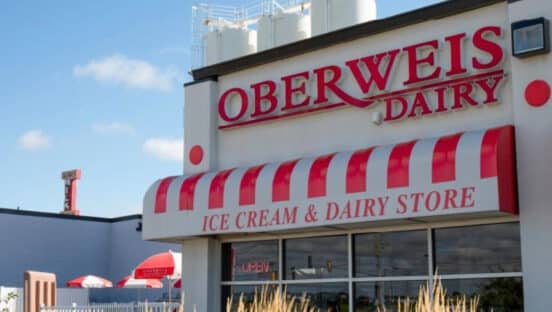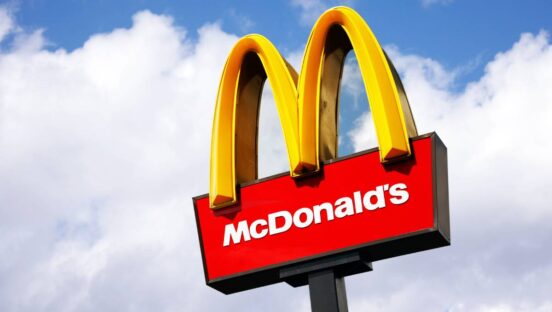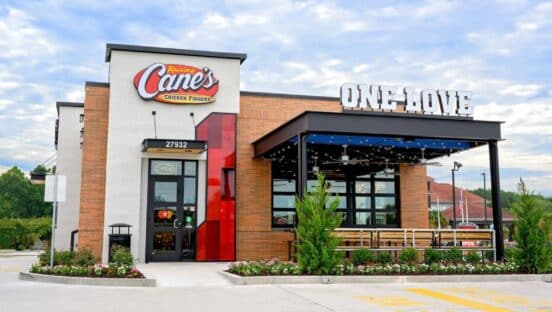As quick-serve restaurants continue their recovery from the worst effects of the pandemic shutdown, the challenge they face as 2021 progresses is effectively managing the good with the bad—and there’s plenty of both to grapple with.
No one said it would be easy. But after surviving 2020—and actually holding up far better than their full-service counterparts—things could be a lot worse.
Surmounting risks and roadblocks
The pandemic jump-started a variety of trends, but making the most of them may not be easy. The biggest hurdle to overcome in the face of escalating demand is the shortage of people. More than people, though, the industry continues to pay for supply chain disruptions that played havoc with businesses in 2020. Among the shortages today: chicken wings and single serve condiments like ketchup packets.
And then there’s another issue that makes the case for more stringent risk management: the availability and cost of insurance to guard against business risks are as pressured as they’ve been in some 20 years.
The shortage of staffing has been intensifying as the economy continues to open up. A video of a McDonald’s location whose signage apologized for any service shortfalls because “no one wants to work anymore” made the point.
Wages may be part of it, as the average median wage for fast-food workers is $11.63 an hour. But it’s part of a larger pattern of service employees departing the broader retail field at a record pace rather than put up with ongoing conditions of longer hours, understaffing, combative customers. Fast food chains are struggling to recruit by upping pay, but also cutting hours and even keeping indoor dining closed. One Dunkin’ franchisee called the shortage of workers and the industry’s response “craziness” … that poses “the pandemic of 2021.”
Risk management has never been more important or presented more of a test as circumstances that aren’t all controllable make getting insurance coverage in many lines a struggle.
Certain coverages are seeing large exclusions. Rates are universally rising. Necessary limits for certain risks like excess liability insurance are a challenged to get covered. Non-stop natural disasters like floods and fires had pressured property insurance before the pandemic, but with it, another layer of issues was created as business interruption exposures jumped.
Solid risk and claims management need to be part of an organization’s compelling story of survival to satisfy underwriters in this environment. Operators should enlist their insurance brokers and risk consultants for guidance on their path forward in light of the changes affecting them and the industry.
Then there’s the good news
On the positive side, the nature of the quick-serve business allowed it to deflect some of the pandemic’s worst effects that decimated its full-service counterparts.
Enough had already employed tactics like online ordering, curbside pickup and third party deliveries to put them at an advantage. And before the pandemic, many fast food chains had also been upgrading their drive-thru lanes to make service even faster. They are really pushing that advantage today. Restaurant Brands, Inc. parent of Burger King, Popeyes and Tim Hortons, for example, intends to upgrade 10,000 of their drive-thrus by 2022. This will result in not merely the more common double-lane concept, but triple drive-thrus where customer traffic merits.
The shift to upgraded drive-thru ordering was important for fast food, and a trend that fast-casual restaurants like sweetgreen and Shake Shack have also embraced. By the end of 2020, drive-thru lanes accounted for 44 percent of off-premise orders. The sector’s dine-in business had been on an extended decline anyway. It declined from 50 percent of one fast casual chain’s business in 2013 to 37 percent by 2020, its CEO said. He had joked they would never go down to zero, but when they did with the pandemic, the arguments for change became more convincing for the industry.
It’s not just drive-thrus and delivery services via online and mobile ordering that are continuing to reshape the industry. Technology is increasingly important as restaurants look to create more efficiencies, whether in drive-thru lines or in the kitchens. Brands like McDonald’s and White Castle look to fill drive-thru orders more quickly and accurately with the help of artificial intelligence, and efforts to completely automate lanes and kiosks are stepping up. And staffing shortages give an added impetus to the trend. Arby’s is one that’s using technology to help managers get ahead of customer traffic fluctuations to right-size staffing.
Fast-food and fast-casual restaurant organizations were in a comparatively good position as the coronavirus shutdown took its toll on the economy and forced trends that were already underway to gain strength. As the restaurant industry continues to reshape itself in response to what the pandemic has wrought, this sector is well-positioned to effectively manage the risks and opportunities ahead.
Zach Kuperman is Senior Vice President and National Restaurant Practice Leader for global restaurant insurance brokerage Hub International. He has over 15 years of experience managing the insurance portfolios of 4,000 restaurants and hundreds of properties across the country. His clients include leading national chains, private equity groups and property portfolio managers. Beyond insurance placement, his day-to-day responsibilities include building out safety programs and risk management platforms that make both the employee workplace and guest experience a safer environment. He frequently speaks at conferences across the country on topics that include alternative risk, workers compensation and new technologies that are changing the way restaurants interact with their employees and customers.
Mark Lee is an Assistant Vice President and Risk Consultant with Hub International. He provides risk management consulting services and carrier risk control oversight to commercial property and casualty clients. He also develops and implements solutions in the areas of risk mitigation, employee and customer safety, emergency management, regulatory compliance, claims management, and reconstruction cost valuations.













